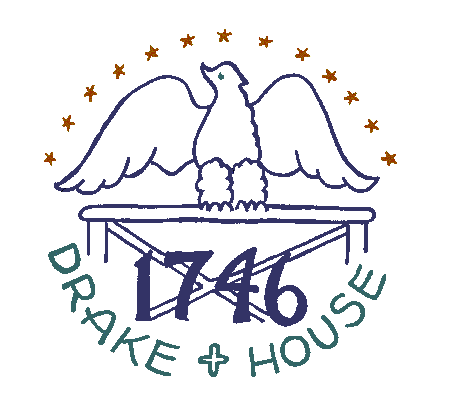 |
|||||||||||||||||
|
|
|||||||||||||||||
|
|
|||||||||||||||||
 |
||||
AFTER 1850, the number of Negroes working on the Underground increased rapidly. Each year about 500 escaped slaves returned from Canada to the southern states to lead their people out of
slavery. Among these daring Negroes were two of the most fascinating figures of the Underground Railroad, John Mason and Harriet Tubman. For ten years these two not only operated a station at Greenwich but also ventured
back into the Deep South, back to their old neighborhoods, to lead others to freedom. The career of General Tubman, as John Brown called her, began after her escape from a Maryland plantation in 1849. In all she is
believed to have made 19 trips into the South, freeing more than 300 slaves. She used to start north with the slaves on Saturday night in order to have a head start before advertisements appeared on Monday. When posters
did appear she hired a man to tear them down. If there were babies in the "train", she drugged them a tincture of opium and hid them in baskets. To confuse her pursuers she often traveled southward by train, and if
men were cowards, she aimed her gun and said: "You go on or die!" The Fugitive Slave Law of 1850, which provided severe penalties for those who aided runaway slaves or refused to assist in their capture, forced
the Underground Railroad into darker secrecy, but its activity increased. Records, even those in code, were destroyed, and Underground spies watched the activities of groups of unemployed men who captured slaves for the
rewards. The Civil War ended the need for the Railroad; its aim was realized in 1863 when Lincoln issued the Emancipation Proclamation. But before the war more than 50,000 slaves had been led to freedom by the New
Jersey operators of the Underground Railroad. |
||||
Contents of any advertisements associated with this page are NOT endorsed in any way by |
||||